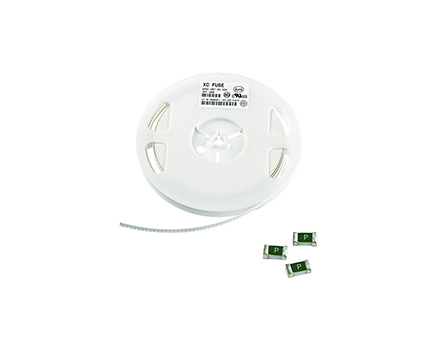
The fuses commonly used in PCB boards of small household appliances use self recovery fuses to protect the circuit. The selection of self recovery fuses in small household appliances can be divided into the following steps:
Firstly, determine the working voltage of the self recovery fuse;
2. Based on the actual average operation of different products, determine whether the self recovery fuse is the inactive current;
3. The maximum current ratio, temperature, and other parameters of household small appliances in actual work, as well as the time required for self recovery fuse self correction (self recovery fuse action current amplification or reduction);
4. Revise it to an actual experiment and ensure that there is no false protection work, but it is necessary to self recover the fuse parameters within the specified time and protect the motor from stalling. The change in the thermistor of a small motor is an easy choice, but after repeated experiments, the thermal resistance of the motor varies significantly
During the experiment, self restore the resistance value of the fuse to determine the upper and lower limits;
Read recommendations:
surface mount fuse identification
samsung tv ceramic fuse replacement.What is the response speed of a fuse?
How many amperes of fuses should be selected for the 315 transformer?trolling motor fuse